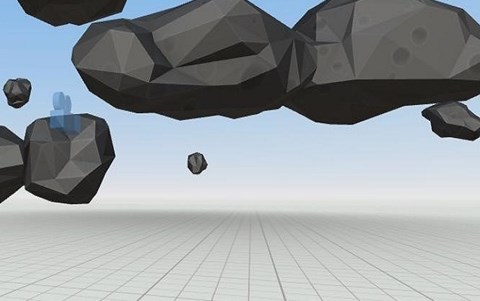Exploring AR Space Rocks
In this lesson, students undertake a research project about “space rocks”. They devise a research question to investigate something they would like to know about space rocks and communicate their ideas within an AR or Virtual Reality (VR) experience.
Additional details
| Year band(s) | 7-8 |
|---|---|
| Content type | Lesson ideas |
| Format | Web page |
| Core and overarching concepts | Digital systems |
| Australian Curriculum Digital Technologies code(s) |
AC9TDI8P10
Evaluate existing and student solutions against the design criteria, user stories and possible future impact
AC9TDI8P11
Select and use a range of digital tools efficiently, including unfamiliar features, to create, locate and communicate content, consistently applying common conventions
AC9TDI8P12
Select and use a range of digital tools efficiently and responsibly to share content online, and plan and manage individual and collaborative agile projects |
| Technologies & Programming Languages | AR / VR |
| Keywords | Augmented reality, AR, CSER, Rebecca Vivian, space rocks, CoSpaces, CoSpaces Edu, Augmented Reality, Virtual Reality, VR |
| Integrated, cross-curriculum, special needs | Science |
| Organisation | CSER |
| Copyright | Creative Commons Attribution 4.0, unless otherwise indicated. |
Related resources
-

Computer chatter 1: Networks and data transmission
In this lesson sequence students relate the concept of transportation systems to help them develop an understanding of the properties of networked systems and the underlying techniques used to transmit and validate data.
-

Computer chatter 2: Network performance
In this lesson sequence students build on and extend their knowledge of networks and discuss an inquiry question about Wi-Fi speeds and handling bulk of data transfer needs.
-

Home/School communications
In this lesson sequence, students use big data sets and school surveys, to design (and as an extension activity, make) a new digital communication solution for the school.
-

Morse code network
This lesson sequence is a hands-on approach to the learning about digital systems for years 7–8.
-

Data bias in AI
Artificial intelligence can sometimes be biased to certain shapes or colours.
